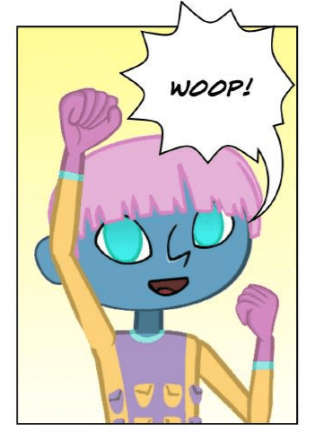
Has your child ever set a goal, only to lose sight of it a few minutes, hours, or weeks later? Sometimes, life has a way of getting away from our children – with school, friends, and all their hobbies, it can be hard to stay on top of what often becomes a delicate balancing act.
How can you encourage your child to stay on track, without feeling like you’re constantly nagging? And more importantly, how can you find out what is holding your child back from fulfilling their goals?
We’ve got four letters for you: WOOP.
The WOOP method created by Gabriele Oettingen, is based in the evidence-based phenomenon that just dreaming about a positive future does not lead to fulfilling those dreams, and in fact, it distracts from taking the necessary steps to achieving them.
It’s not just about having the best of intentions for your future, but planning exactly how to get there. WOOP is a practical 4-step approach to fulfilling goals, that simply requires your child to envision their wish, acknowledge the obstacles they may face, and plan how they will overcome them.
The next time you’re feeling skeptical about your child’s promise to get back on track with their homework, their vowing to keep their room clean, or even their pinky promise to keep the peace with their siblings, give this a try.
W – Wish: Have your child imagine their goal. What’s something they want to accomplish in the next day, week, or month? Help them come up with something that’s both challenging and feasible.
For example: “I want to have a cleaner room! I always try to keep it clean, but it’s always messy by the end of the week.”
O – Outcome: Ask your child to think about the #1 benefit from achieving this goal.
For example: “Having a cleaner room will help me get ready for school on time.”
O – Obstacle: What might get in the way of achieving this wish? Prompt your child to consider an obstacle within them, rather than something outside of their control. What within them is going to stand in the way of achieving their wish?
For example: “When I’m tired after a long day, I throw my clothes on the floor. This adds up after a while.”
P – Plan: Help your child come up with some problem-solving techniques, should their obstacle arise. What can they plan to do when they run into a roadblock? Think in these terms: if x, then situation y.
For example: “If I know I’m going to be too tired to put my clothes away, I will go to bed earlier so I still have energy the next day to keep things clean.”
If you’re feeling inspired, you can even do your own WOOP to help you get to where you want to be. This may be a more realistic way to get those new goals for the year to stick, once and for all!